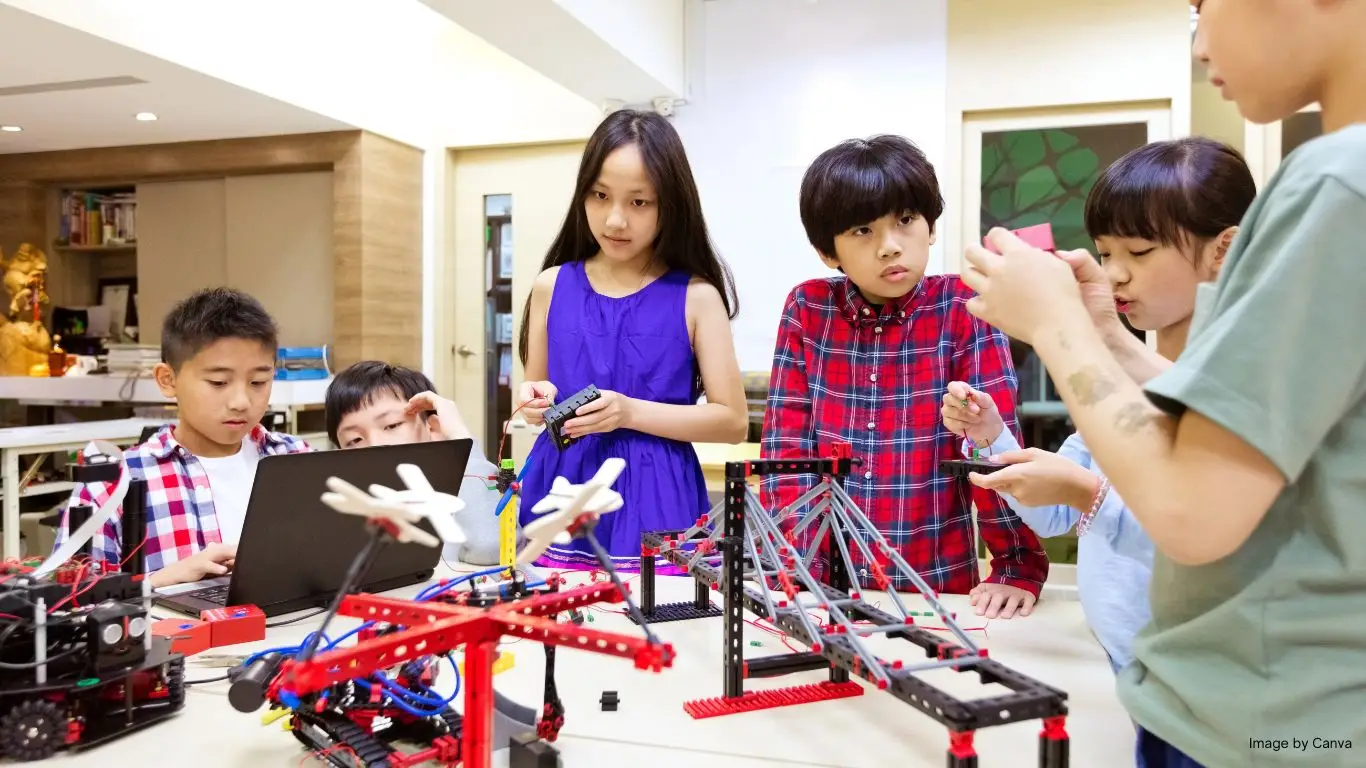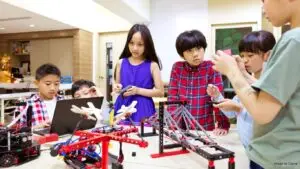In the ever-evolving landscape of education, STEM (Science, Technology, Engineering, and Mathematics) has emerged as a powerful force shaping the future of learning and career readiness. As society becomes increasingly reliant on technology and innovation, the demand for STEM skills is skyrocketing, making STEM education more critical than ever in preparing students for the jobs of tomorrow.
STEM education encompasses a multidisciplinary approach that emphasizes hands-on, inquiry-based learning. Through engaging projects, experiments, and real-world applications, students are not only introduced to core concepts in science, technology, engineering, and mathematics but also develop essential skills such as critical thinking, problem-solving, creativity, and collaboration.
One of the driving forces behind the rise of STEM education is the growing demand for STEM-related jobs. From software developers and data analysts to biomedical engineers and environmental scientists, STEM occupations span a wide range of industries and offer lucrative career opportunities. According to the U.S. Bureau of Labor Statistics, employment in STEM occupations is projected to grow significantly faster than the average for all occupations, underscoring the importance of STEM education in preparing students for the workforce of the future.
Moreover, STEM education fosters innovation and entrepreneurship, equipping students with the skills and mindset needed to tackle complex challenges and drive technological advancements. By encouraging curiosity, experimentation, and resilience, STEM education empowers students to think critically and creatively, laying the foundation for future innovation and discovery.
Furthermore, STEM education promotes diversity and inclusivity in the workforce by breaking down barriers and providing equal opportunities for all students. By engaging students from underrepresented groups, including women and minorities, in STEM learning experiences, we can cultivate a more diverse talent pipeline and ensure that the benefits of STEM innovation are accessible to all.
In addition to preparing students for future careers, STEM education also cultivates essential life skills that are applicable beyond the classroom. Whether students pursue careers in STEM or not, the problem-solving, analytical, and collaborative skills they develop through STEM education are invaluable in any field or endeavor they choose to pursue.
As we look ahead to the jobs of tomorrow, it’s clear that STEM education will play a pivotal role in shaping the future workforce and driving economic growth and innovation. By investing in STEM education today, we can empower students with the knowledge, skills, and confidence they need to thrive in a rapidly changing world and make meaningful contributions to society. The rise of STEM education is not just about preparing students for the jobs of tomorrow—it’s about preparing them to shape the future.








